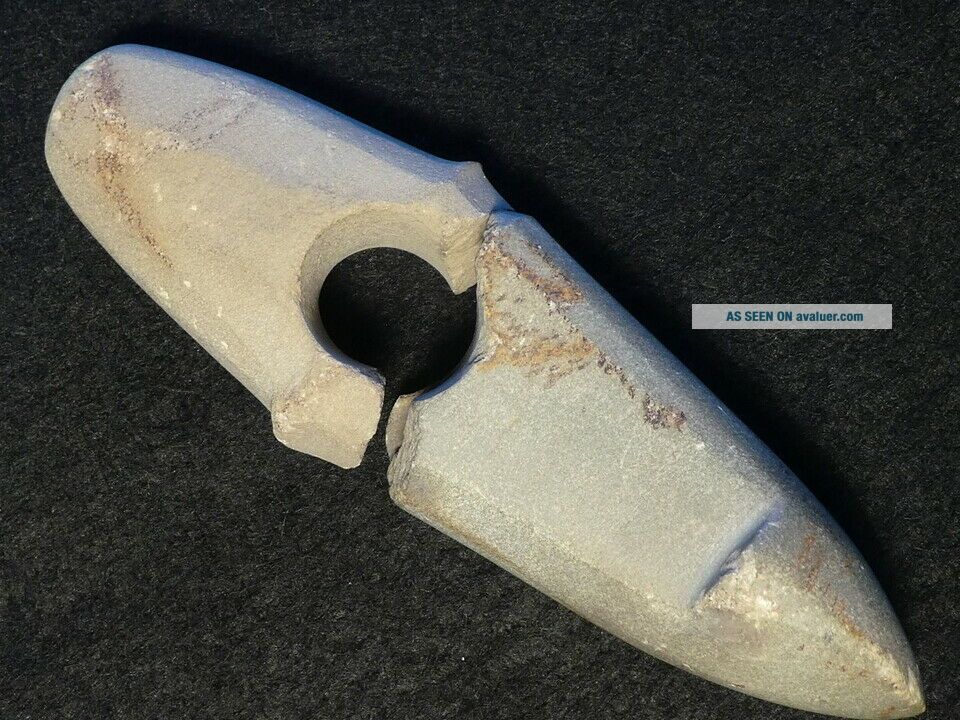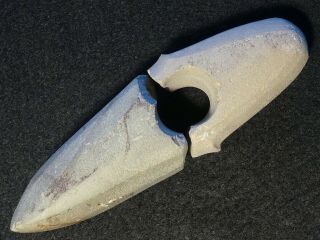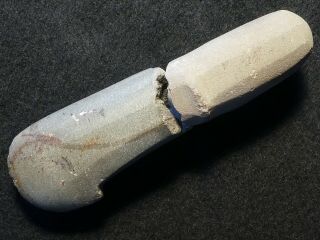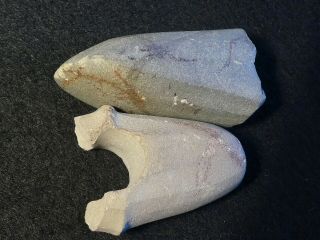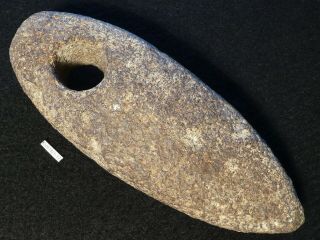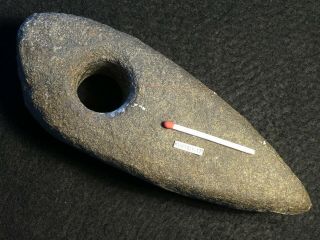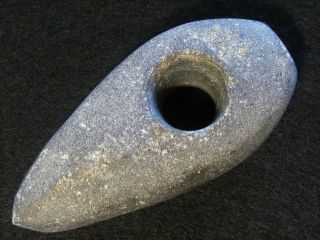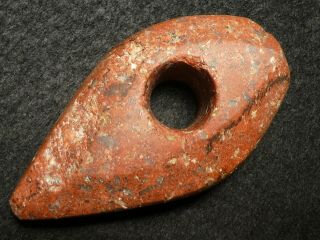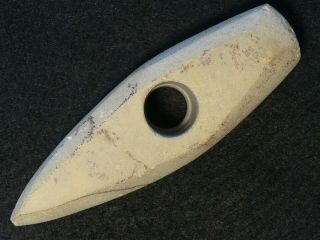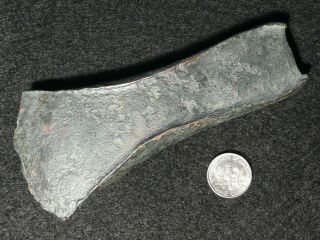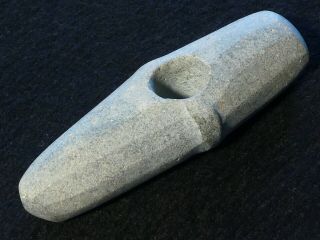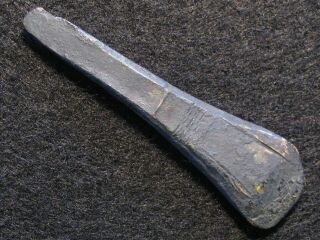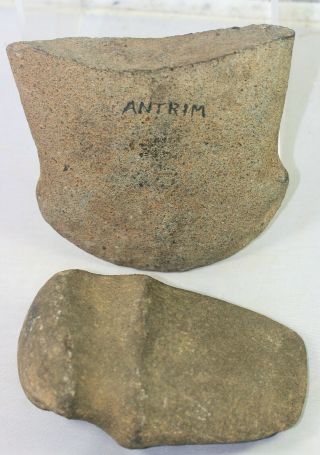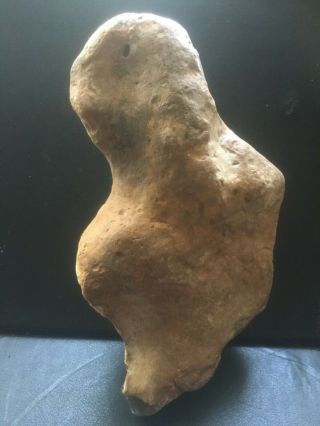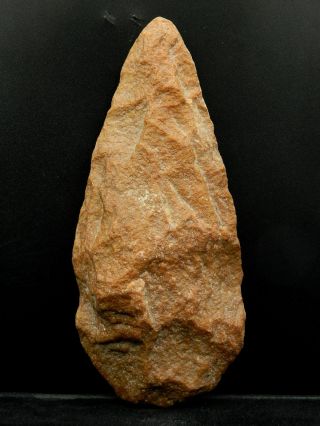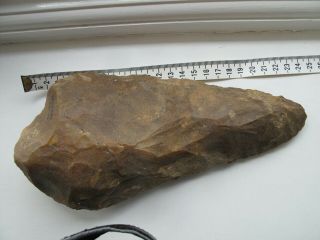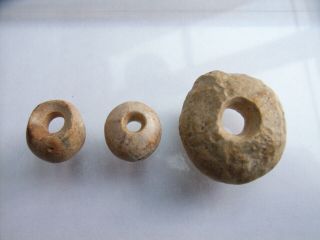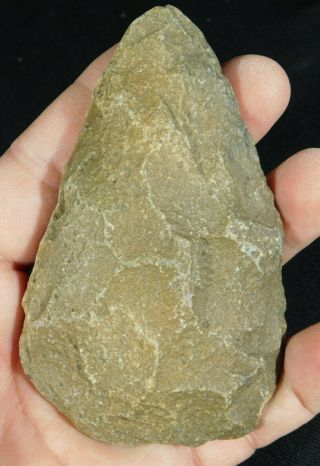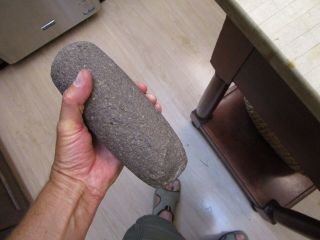4750Y. O: WONDERFUL 2x EUROPEAN BATTLE AX AXES STONE AGE NEOLITHIC CORD WARE CULT
Item History & Price
| Reference Number: Avaluer:13749 | Material: Stone |
| Provenance: Ownership History Available |
Combined shipping is possible!
EUROPEAN PREHISTORIC ARTIFACTS
BY PALATINA AUTHENTICITY GUARANTEED!
These terrific and extremely rare Central European
Neolithic stone artifacts are 2 broken battle axes
! Dating 2900-2350 bc.
The longer axe measures 77 mms.
The Corded Ware culture, alternately characterized as the Battle Axe culture or Single Grave culture is an enormous European archaeological horizon that begins in the l...ate Neolithic (stone age), flourished through the copper age and finally culminates in the early bronze age, developing in various areas from 2900 BC to ca. 2350 BC. With the Yamna culture, it represents the introduction of metal into Northern Europe, and the earliest expansion of the Indo-European family of languages.It receives its name Corded Ware from its characteristic pottery, Single Grave from its burial custom, and Battle Axe from its characteristic grave offering to males, a stone battle axe (which was by this time an inefficient weapon but a traditional status symbol).In the west, the distribution boundary reaches Netherland, West Germany and parts of Switzerland. In the North the Corded Ware is found in Southern Scandinavia, the countries around the Baltic and the eastern North Sea. It’s southern distribution ranges from Switzerland to the Czech Republic and includes the upper portions of the streams that flow into the Black Sea. The somewhat later Beaker culture was contemporaneous. It is succeeded by a number of bronze age cultures, among them the Unetice culture (Central Europe), ca 2300 BC, and by the Nordic Bronze Age, a culture of Scandinavia and northernmost Germany - Poland, ca 1800 BC.Considering its immense, continental expanse, it clearly represents a fusion of earlier archaeological cultures of varying degrees of relatedness, probably led by intrusive elements from the east and south. It does not represent a single monolithic entity, but rather a diffusion of technological and cultural innovations. The fact that the Globular Amphora culture similtaneously overlies much of the same area as of the Corded Ware culture proves this. Different peoples, living in close proximity to each other at the same time really did leave different archaeological remains.There are very few settlements, but it has been shown that agriculture was practiced, a continuation from the Funnelbeaker culture era, and that some domestic animals were kept. The majority, however, seemed to have followed a fully-or semi-nomadic pastoral way of life. Wheeled vehicles (presumptively drawn by cattle) are evidenced. The horse, perhaps-to-probably domesticated, is represented.Inhumation was characteristically done one metre deep, without any marks, in a flexed position; males lay on their right side, females on the left, with the faces of both oriented to the south. Originally, there was probably a wooden construction, since the graves are often positioned in a line. Many are also marked with small tumuli. Grave goods for men typically included a stone battle-axe.The approximately contemporary Beaker culture had similar burial traditions, and together they covered most of Western and Central Europe. While broadly related to the Corded Ware culture, the origins of the Bell-Beaker folk are considerably more obscure, and represent one of the mysteries of European pre-history.The prototypal Corded Ware culture, German Schnurkeramikkultur, is found in Central Europe, mainly Germany and Poland, and refers to the characteric pottery of the era: wet clay was decoratively incised with cordage, i.e., string. It is known mostly from its burials, and both sexes received the characteristic cord-decorated pottery. Whether made of flax or hemp, they had rope.
Provenance is an old German collection.
More details will follow the artifact.
I guarantee absolutely for the authenticity of
this outstanding Middle European facet battle ax.
Please view also my other auctions with relics
from the European Prehistory.
Track Page Views With
Auctiva's FREE Counter



